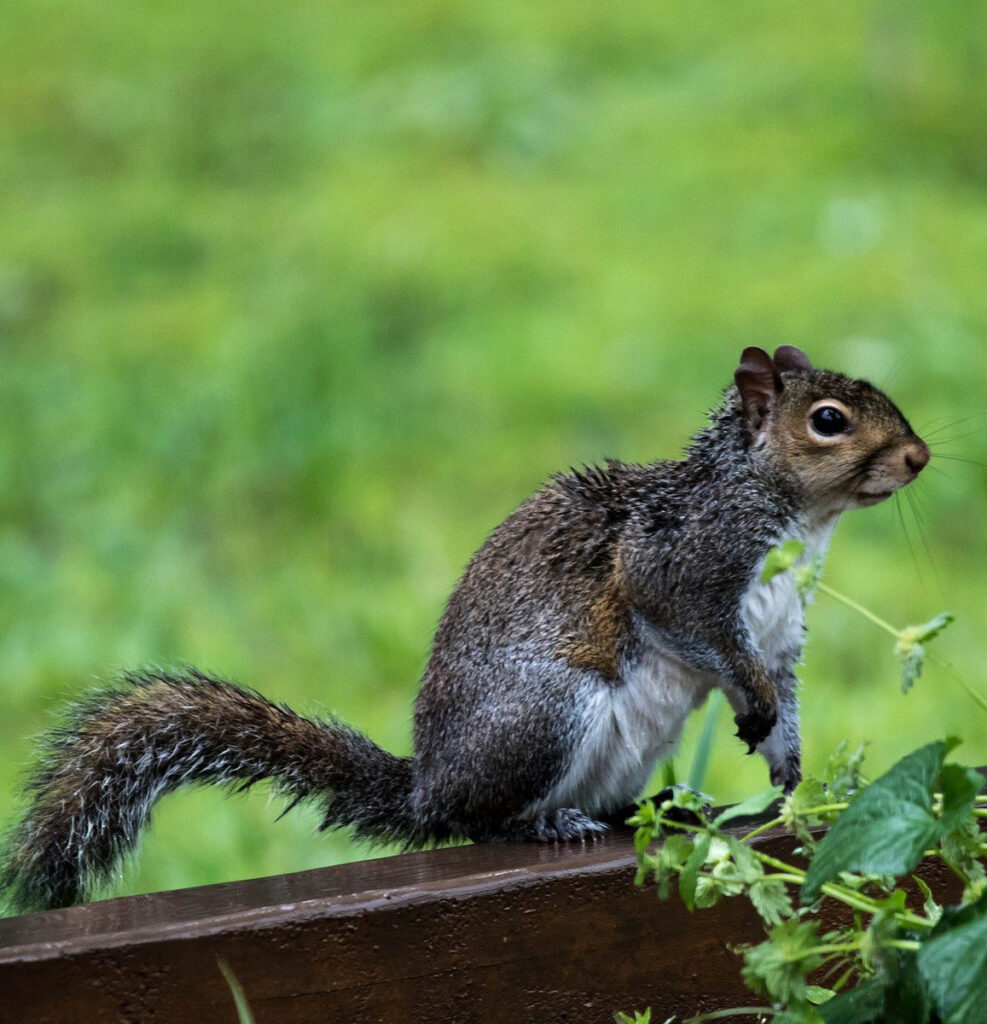Squirrels eat a variety of foods, including fruits, nuts, seeds and insects. They store the food they collect in their nests or bury it in various locations around the neighborhood.
Squirrel meat is very tasty and can be eaten in a variety of ways. It can be roasted, fried or cooked.
Overview of Squirrel as a Food Source
Squirrels are mostly herbivores, meaning they eat plants and nuts. They also like to eat seeds and grains when they can find them.
They also enjoy berries, especially in summer. These are full of natural sugars that provide them with a boost in energy as they forage for food.
In the fall they will also eat acorns. Squirrels will chow down on these hard-shelled nuts for days, weeks, or even months at a time, before they store them in tree crevices and under leaves.
They also like to eat mushrooms and fungi depending on their environment. Lichen is a favourite fungi that grows in moist areas on the bark of trees. Squirrels can also forage for other types of plant parts like young stalks and branches, and soft twigs.
Culinary Uses and Traditional Dishes
Squirrel is an excellent substitute for chicken in a number of dishes, as its small pieces make it easy to cook and tenderize. Squirrel meat is also very lean and low in fat, making it a healthy addition to the diet of many people.
Squirrel stews are a popular way to prepare the meat. Because squirrel is a little bit tough, stewing helps keep the meat moist and tender.
Fried squirrel is another great cooking option for this mild-flavored game. It can be made in a variety of flavors and served with biscuits and gravy.
Salted squirrel jerky is another popular snack that makes for an excellent alternative to beef jerky. It’s easy to make and keeps well in a freezer. The recipe requires only a few ingredients and is an excellent source of protein, vitamins and minerals.
Availability and Market Trends
Squirrels are a very diverse family of rodents that can be found throughout most of the world. They are small and medium-sized animals, with pointed heads, ears and long tails.
They have large, sharp teeth for chewing hard food such as acorns or nuts. Squirrels also have soft fur, which can range from white to black.
Squirrels are typically active during the fall and winter months. This is because they are looking for food to store in the form of seeds, acorns and other fruits that will be available in the coming months.
Health Benefits and Concerns
Although people are often annoyed by squirrels, they are a part of nature and have been around for ages. These little rodents eat seeds, nuts, fruits and vegetables.
Red squirrels are mainly found in mature forests that are dominated by pine and spruce trees. They also live in some oak woodland.
Grey squirrels can be found in a wide variety of habitats, but they are particularly common in urban areas with oak-hickory or mixed hardwood forests.
Squirrels will eat seeds, nutshells, fruit, berries, fungus, flower, pollen, bulbs and bark. They are also good eaters of insects and bird eggs and chicks.
Sustainability Issues
Squirrels play a key role in regulating forest ecosystems. They chew on leaves, buds and seeds that can help prevent forest erosion and promote soil health.
They also consume acorns, which are often harvested for use in commercial forestry. However, squirrels can damage trees, and their consumption can affect the population of other wildlife species.
While bush squirrels have been found to benefit from conservation efforts, such as eco-tourism and limited development (Benayas and Bullock 2012

